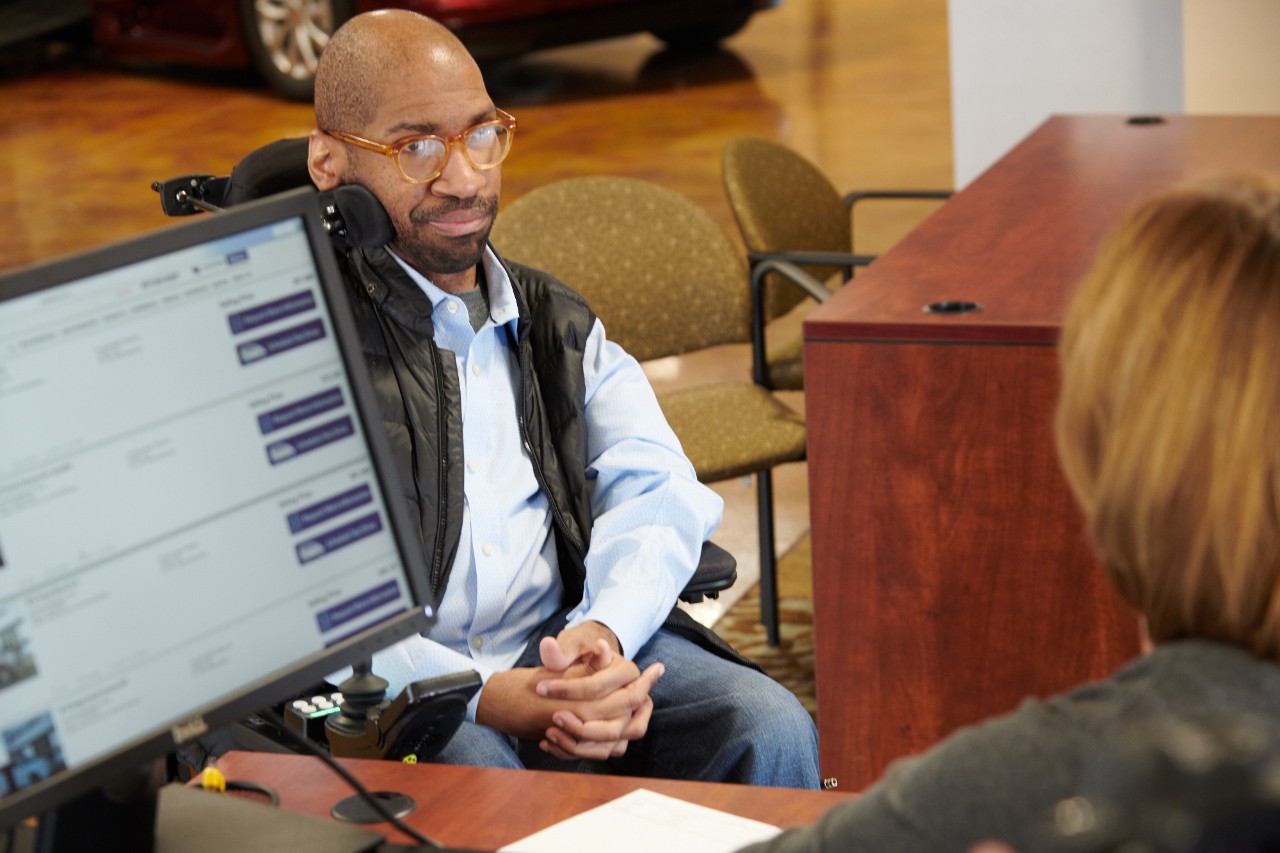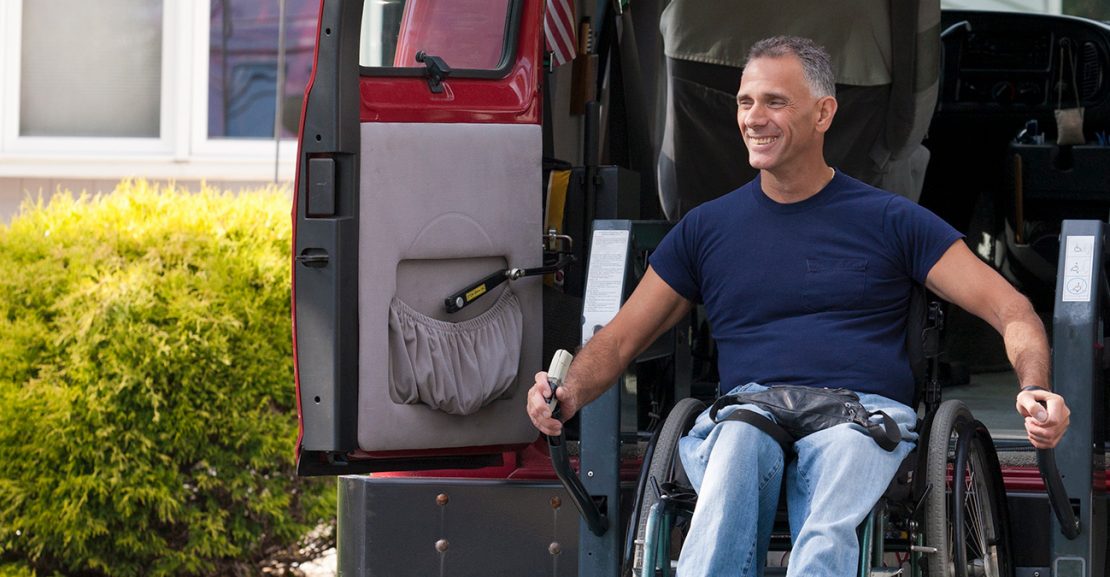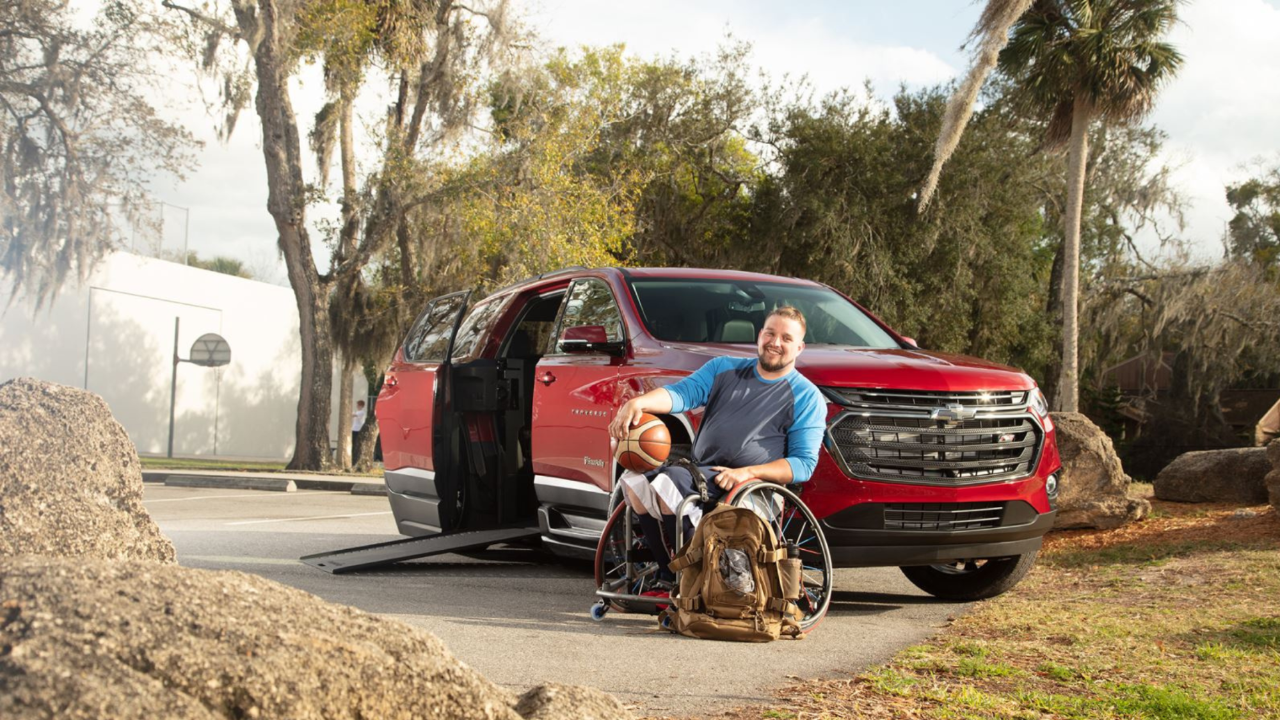
Driver Evaluation – Getting Behind The Wheel Again
At United Access, we install hundreds of hand controls and driving aids annually. We put these driving aids on Vipers, Corvettes, Golf Carts, ATV’s and wheelchair accessible vehicles…whatever you want to drive, we can try to adapt it for you.
Before we can adapt vehicles with any driving aid, we first must ensure you have (1) been evaluated for the correct adaptation and (2) have been approved to drive with driving aids. We work closely with driving specialists in your area that can help you safely get behind the wheel again. Remember that when we first got our driver’s license, we didn’t just get behind the wheel of a car, we practiced, sometimes went to a professional for training and then had to take a test to ensure we could drive safely (for us and everyone else on the road). When an ailment or injury affects our motor skills, we must go through a similar process to when we were 16 and just driving to ensure everyone is safely driving on the road.
Driver rehabilitation specialists work with drivers of all ages and abilities for independent transportation, and they explore alternative transportation solutions for passengers with special needs. Your driver rehabilitation specialist will conduct a thorough evaluation of your abilities and limitations, offer driver remediation or training, and work closely with United Access when the time comes to modify your vehicle. Driver rehabilitation specialists can help with such conditions as:
Aging
Alzheimer’s/Dementia
Amputation
Arthritis
Asperger’s Syndrome and High Functioning Autism (AS/HFA)
Attention Deficit Hyperactivity Disorder (ADHD)
Cerebral Palsy
Multiple Sclerosis
Non-Verbal Learning Disability (NVLD)
Spina Bifida
Spinal Cord Injury
Stroke
Traumatic Brain Injury
Vision
A driver evaluation includes:
Visual perception
Functional ability
Reaction time
Behind-the-wheel evaluation
If indicated, the Certified Driver Rehabilitation Specialist (CDRS) will also introduce any adapted driving equipment, such as hand controls, during the behind-the-wheel portion of the evaluation. More than one evaluation may be required depending on the severity of the driver’s condition. The driver may also have to complete a series of driver training sessions in order to refresh one’s driving ability and/ or gain competency with the new equipment.
Final recommendations from the CDRS will be shared with the driver and referring physician. Prescription for adapted driving equipment and/or vehicle modifications are shared with the mobility equipment dealer (MED) and, together, the CDRS and MED work to achieve the best possible outcome for the client. The division of motor vehicles is also alerted on a case-by-case basis or per the individual facilities’ policy and procedures.
The cost for the evaluation varies from facility to facility and is often dependent on the amount of time required for providing the service. Some driver rehabilitation specialists will travel to the driver for a local assessment and some will bill insurance.
For financial support, clients may qualify for services through their state’s Vocational Rehabilitation or Independent Living Program programs. Both of these programs are generally conducted through the state’s Education or Health and Human Services Divisions. Contact information for these agencies can be found through a simple Internet search.
Contact any United Access location and we can help you get back on the road.
Connect with Us
Sign up to receive our newsletter to stay up to date on the latest United Access news, events, and products.


